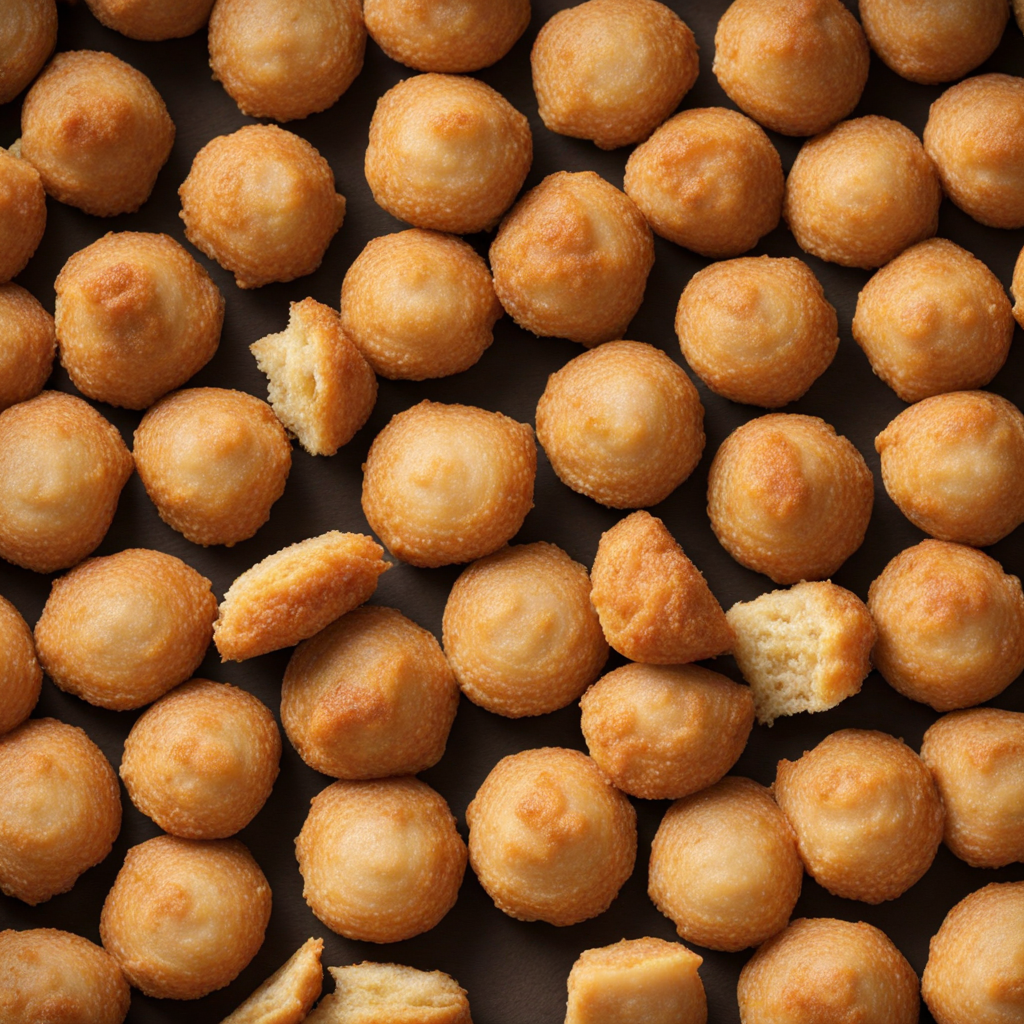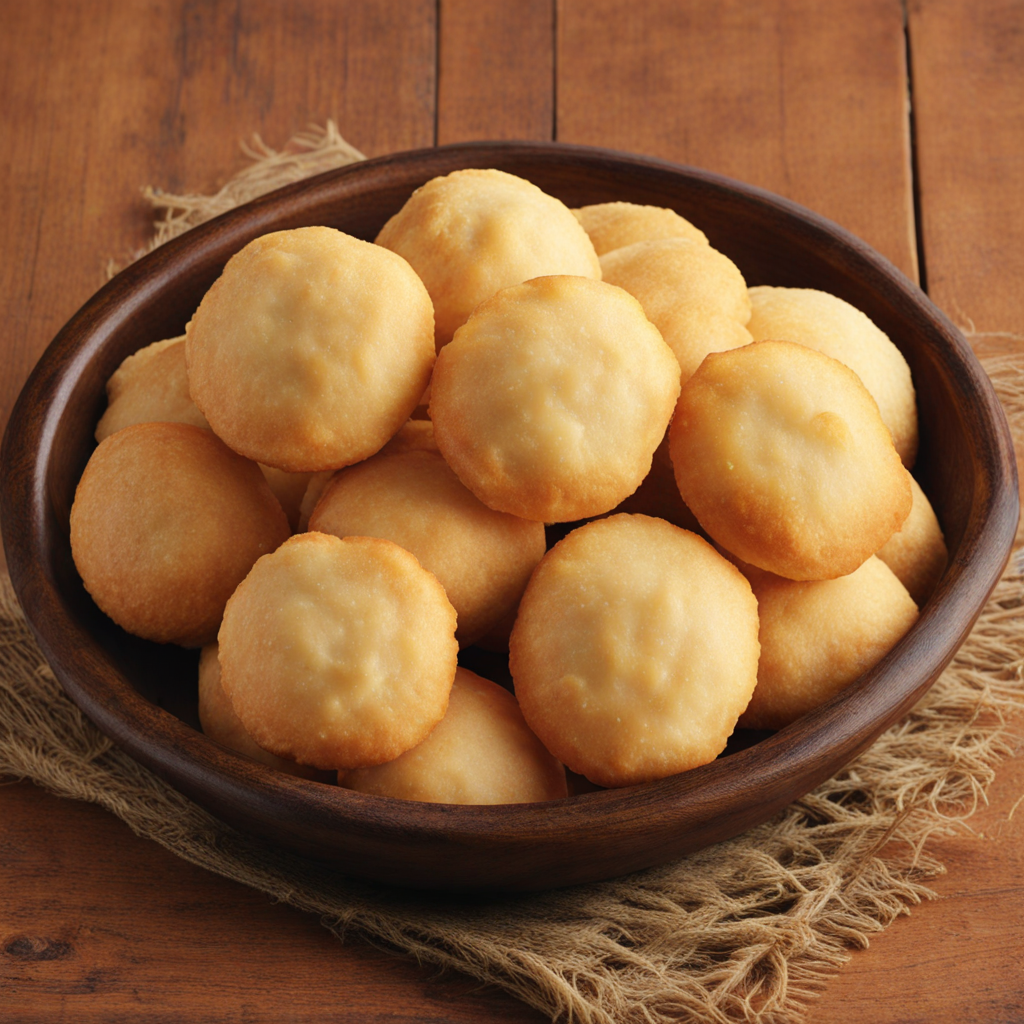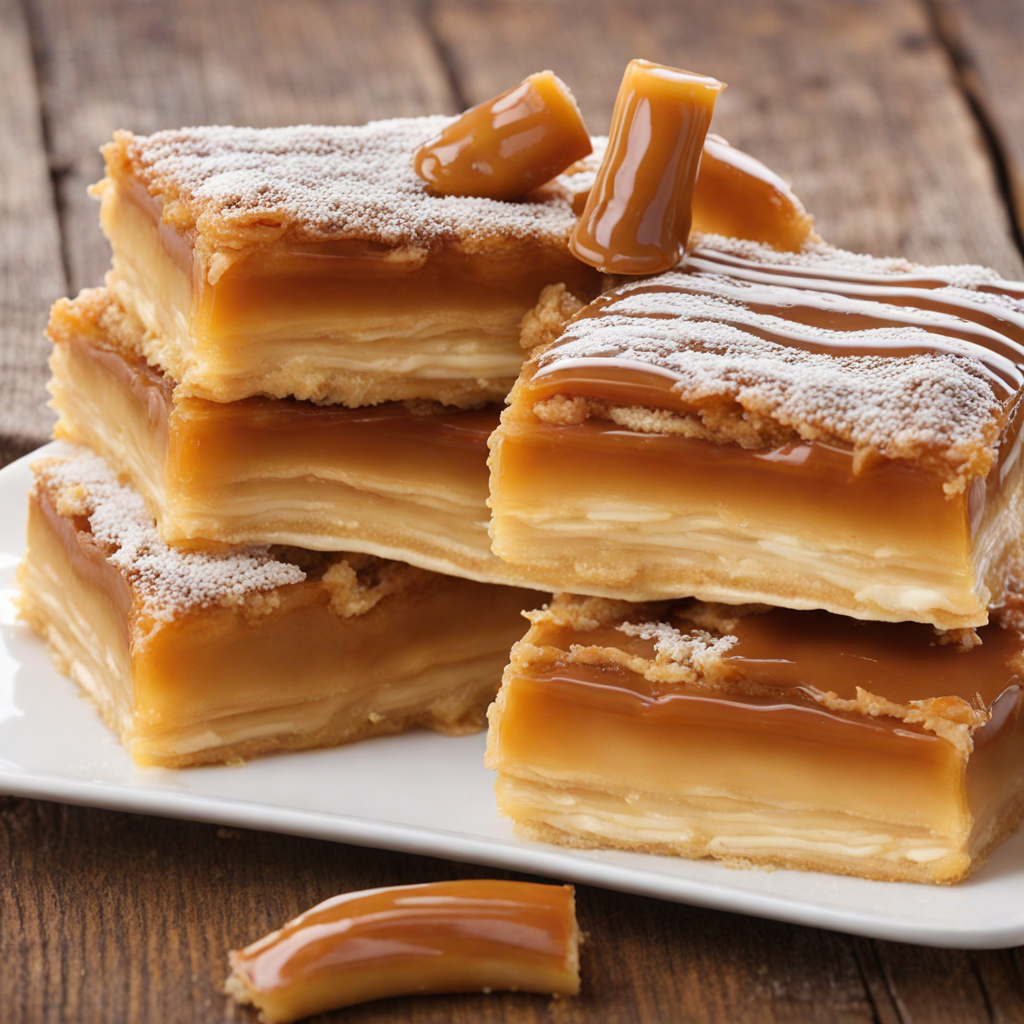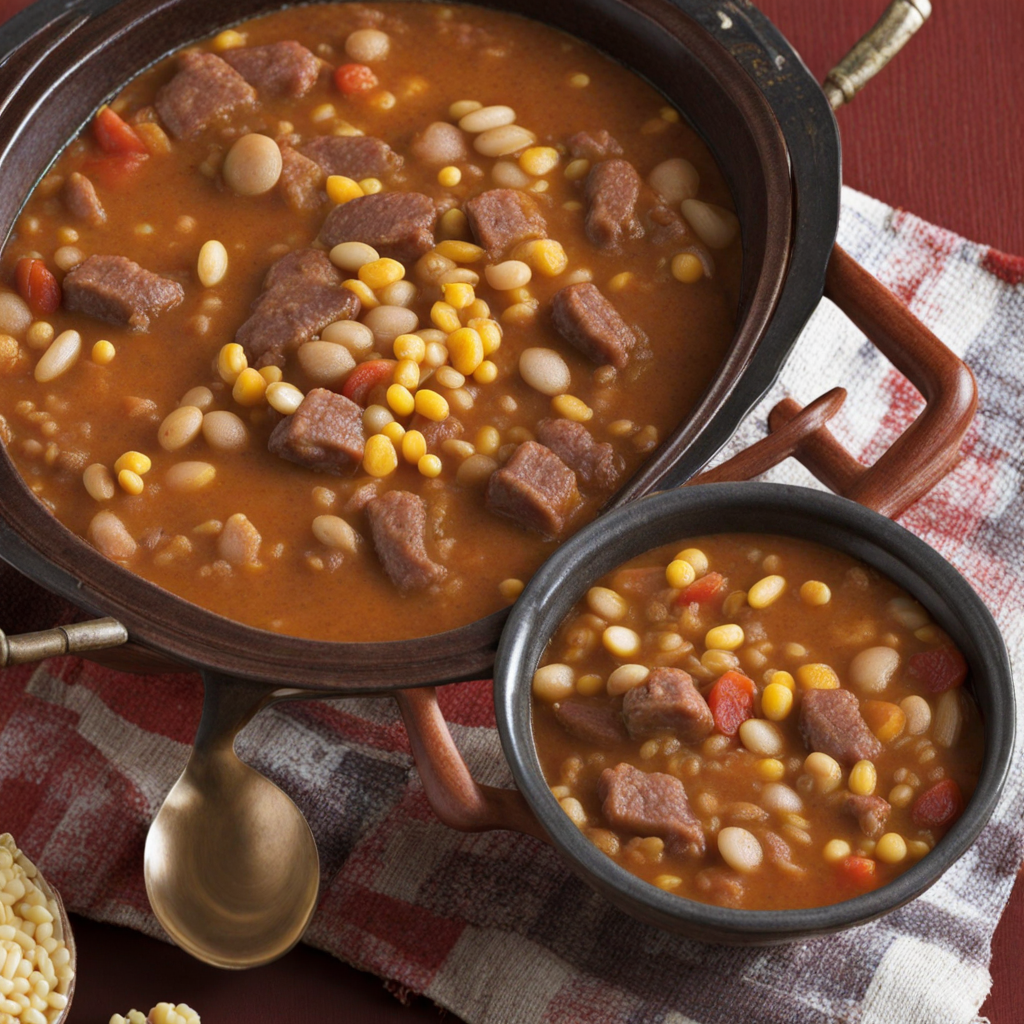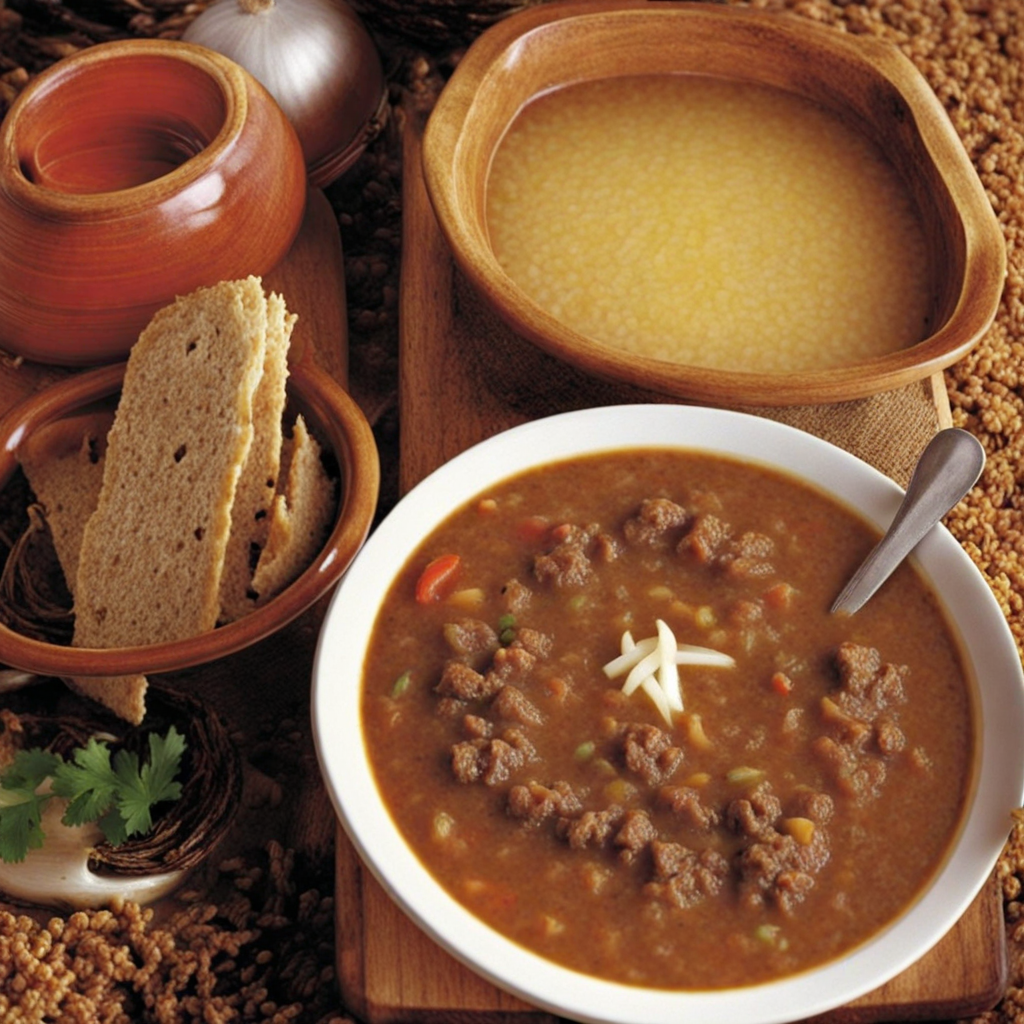Chipa Piru Rasa
Chipa Piru Rasa is a delightful culinary gem from Paraguay, embodying the rich flavors and traditions of the region. This unique dish is a variation of the traditional chipa, a type of cheese bread made from cassava flour, which gives it a distinct chewy texture that is both satisfying and comforting. The 'Piru Rasa' element introduces a fascinating twist, often incorporating additional ingredients such as herbs, spices, or even vegetables, elevating the classic chipa to new heights. The result is a savory treat that balances the natural nuttiness of the cassava with the richness of cheese, creating a complex flavor profile that is both familiar and exciting for the palate. The preparation of Chipa Piru Rasa is an art in itself, often involving the careful blending of ingredients to achieve the perfect consistency. The dough is typically mixed by hand, allowing the cook to feel the texture and ensure that each component is well-integrated. Once shaped into small rounds or patties, the chipa is baked to a golden perfection, resulting in a crispy exterior that gives way to a soft, warm interior. The aroma that wafts from the oven is simply irresistible, drawing people in and promising a delightful taste experience. Serving Chipa Piru Rasa is a celebration of Paraguayan culture, often accompanied by a refreshing beverage, such as tereré or mate. It can be enjoyed as a snack, breakfast, or even as a side dish during meals, making it a versatile addition to any dining table. Each bite of this delightful dish not only offers a taste of Paraguay's culinary heritage but also invites you to savor the communal spirit that surrounds its preparation and enjoyment. Whether shared with friends or savored solo, Chipa Piru Rasa is sure to leave you craving more of its unique and delectable flavors.
How It Became This Dish
Chipa Piru Rasa: A Culinary Journey through Paraguay's Heritage Chipa Piru Rasa, a traditional Paraguayan delicacy, is emblematic of the country’s rich culinary heritage. This unique snack, often described as a cheesy bread or a cornmeal-based treat, reflects a blend of indigenous and colonial influences that have shaped Paraguayan cuisine over centuries. To fully appreciate Chipa Piru Rasa, we must delve into its origins, cultural significance, and its evolution in contemporary times. Origins The roots of Chipa Piru Rasa can be traced back to the Guarani people, the indigenous inhabitants of Paraguay, parts of Brazil, and Argentina. The Guarani cultivated maize, which was a staple in their diet and held deep cultural significance. They utilized maize in various forms, creating dishes that were not only sustenance but also an integral part of their rituals and social gatherings. The term "Chipa" itself is derived from the Guarani word "chipa," which refers to a type of bread made from maize flour. The word "Piru Rasa" translates to "with cheese," highlighting one of the most beloved ingredients in Paraguayan cooking. The introduction of cheese into Chipa recipes is often attributed to the influence of Spanish colonizers who arrived in the 16th century. These colonizers brought with them dairy farming practices and cheese-making techniques that would ultimately blend with indigenous culinary traditions. Cultural Significance Chipa Piru Rasa is not merely a food item; it is a cultural symbol that embodies the fusion of indigenous and colonial influences in Paraguay. It is traditionally consumed during special occasions, religious celebrations, and family gatherings. Its preparation is often a communal activity, bringing families together, which reflects the strong social ties within Paraguayan society. In rural communities, the making of Chipa Piru Rasa is a cherished tradition, passed down through generations. Each family may have its own unique recipe, incorporating various types of cheese, herbs, and spices, which adds a personal touch to this beloved dish. The process of making Chipa can be seen as a form of storytelling, where each ingredient and method carries historical significance and familial pride. Moreover, Chipa Piru Rasa is often served during the religious festival of Semana Santa (Holy Week), emphasizing its role in cultural and religious identity. As Paraguayans gather to commemorate their faith, Chipa Piru Rasa becomes a staple at the table, symbolizing both the sustenance needed for the body and the connection to their heritage. Development Over Time As Paraguay moved through the ages, Chipa Piru Rasa adapted and evolved, reflecting broader changes in society and culinary trends. In the late 19th and early 20th centuries, Paraguay underwent significant social and economic transformations, including urbanization and increased migration. With these changes, traditional foods like Chipa began to gain new dimensions. The industrialization of cheese production and the introduction of modern baking methods contributed to variations in Chipa recipes. While traditional recipes often used fresh, locally sourced ingredients, urbanization allowed for more standardized and commercially produced options. Bakeries began to emerge in urban centers, making Chipa Piru Rasa more widely available and accessible to the masses. In contemporary Paraguay, Chipa Piru Rasa has retained its status as a beloved snack, commonly found in bakeries and street food stalls across the country. The dish has also gained international recognition, with restaurants in the United States and Europe showcasing it as part of a growing interest in Latin American cuisine. Food festivals celebrating Paraguayan culture feature Chipa Piru Rasa, drawing attention to its historical significance and culinary diversity. The adaptation of Chipa Piru Rasa is also evident in its variations. While the classic version is made with corn flour, cheese, and eggs, modern interpretations may include the addition of ingredients such as herbs (like cilantro or parsley), spices, or even different types of cheese, reflecting the creativity of contemporary chefs and home cooks alike. This evolution showcases how traditional dishes can embrace innovation while still honoring their roots. A Culinary Experience To fully appreciate Chipa Piru Rasa, one must understand the sensory experience it offers. The texture is typically soft and chewy, with a golden crust that is slightly crispy. The aroma of melted cheese mingles with the earthy scent of corn, creating an inviting experience that beckons you to take a bite. The first taste reveals a delightful combination of flavors: the nuttiness of the corn, the creaminess of the cheese, and a hint of saltiness that makes it utterly irresistible. Chipa Piru Rasa is often enjoyed hot, straight from the oven, and is perfect for dipping in a variety of sauces or accompanying savory dishes. It serves as a versatile side, pairing well with soups, stews, and salads, or as a snack on its own. In this way, it reflects the adaptability of Paraguayan cuisine, which often celebrates the use of local ingredients and traditional cooking methods. Conclusion Chipa Piru Rasa is more than just a snack; it is a testament to the resilience and creativity of Paraguayan culture. Originating from the rich culinary traditions of the Guarani people and evolving through centuries of societal changes, this dish encapsulates the heart of Paraguay's gastronomic identity. As it continues to be cherished by locals and embraced by international food enthusiasts alike, Chipa Piru Rasa stands as a delicious symbol of Paraguay's heritage, bridging the past with the present and celebrating the diverse flavors that have shaped its culinary landscape. Whether enjoyed at a festive gathering or a casual meal, Chipa Piru Rasa invites everyone to partake in a rich tapestry of history, culture, and community.
You may like
Discover local flavors from Paraguay


